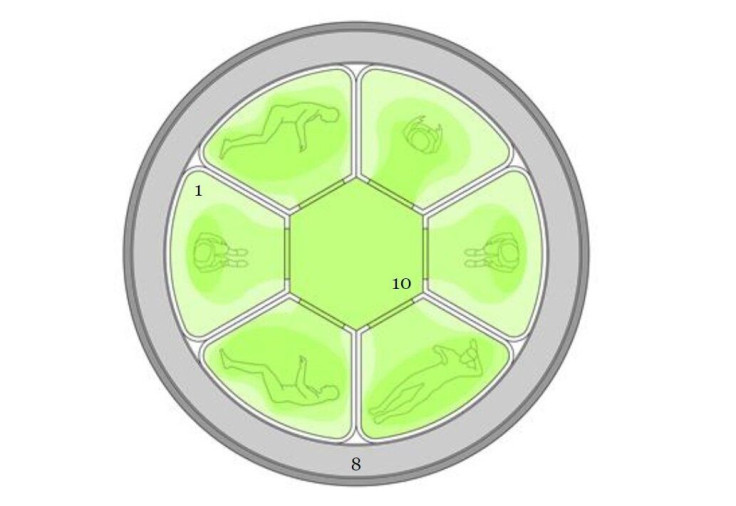Human Hibernation Beneficial For Crewed Space Missions, ESA Study Suggests

KEY POINTS
- The idea of placing astronauts in suspended animation during space travel began in the 20th century
- ESA's Concurrent Design Facility investigated the possibility of human hibernation for space travel
- Human hibernation would cut mission costs and spacecraft mass
- Astronauts would also benefit from human hibernation
We have seen human hibernation in science fiction films such as Avatar, Passengers, and Aliens before. But, is the method really advantageous to the future of human spaceflight?
The idea of placing space mission crew members in suspended animation began in the 20th century and, according to SciSpacE team leader Dr. Jennifer Ngo-Anh, hibernation has been seen as a possible game-changing tool for human space flight.
To see whether human hibernation would really benefit future crewed missions, the European Space Agency’s state-of-the-art Concurrent Design Facility (CDF) investigated how crew members could best be put into hibernation, what to do during emergencies, how to handle human safety and how the process could impact a crew’s psychology.
Interestingly, the team found that hibernation opened the way for mission redesigns that optimized space flight. Since the crew would be hibernating, such a mission would require less living space and less supplies, cutting both the mission cost and the spacecraft’s mass significantly. What’s more, they also found hibernation to have positive psychological effects on astronauts.
“Finally we created an initial sketch of the habitat architecture and created a roadmap to achieve a validated approach to hibernate humans to Mars within 20 years,” Robin Biesbroek of CDF said.
The basic idea is for the astronauts to stay in darkened and cooled pods after a drug to induce hibernation is administered to them. The hibernation cruise phase would then be followed by a 21-day recuperation phase.
Threats of radiation exposure will be lessened because the crew would be spending much of their time inside pods, but existing research also shows that hibernation itself provides enhanced protection from radiation.
Simply put, having crew members in a suspended state provides many benefits, both for the mission as well as for the crew. However, the process of inducing human hibernation is so far still a little tricky as human hibernation the same way that animals do is still not feasible today.
That said, similar methods have already been used to help save critical care trauma victims. According to Dr. Ngo-Anh, most medical centers today already have protocol for inducing hypothermia to keep certain patients in better shape than they should be.
For now, however, more research on human hibernation as well as the required tools and facilities is needed to turn this idea from science fiction to reality.
© Copyright IBTimes 2024. All rights reserved.






















